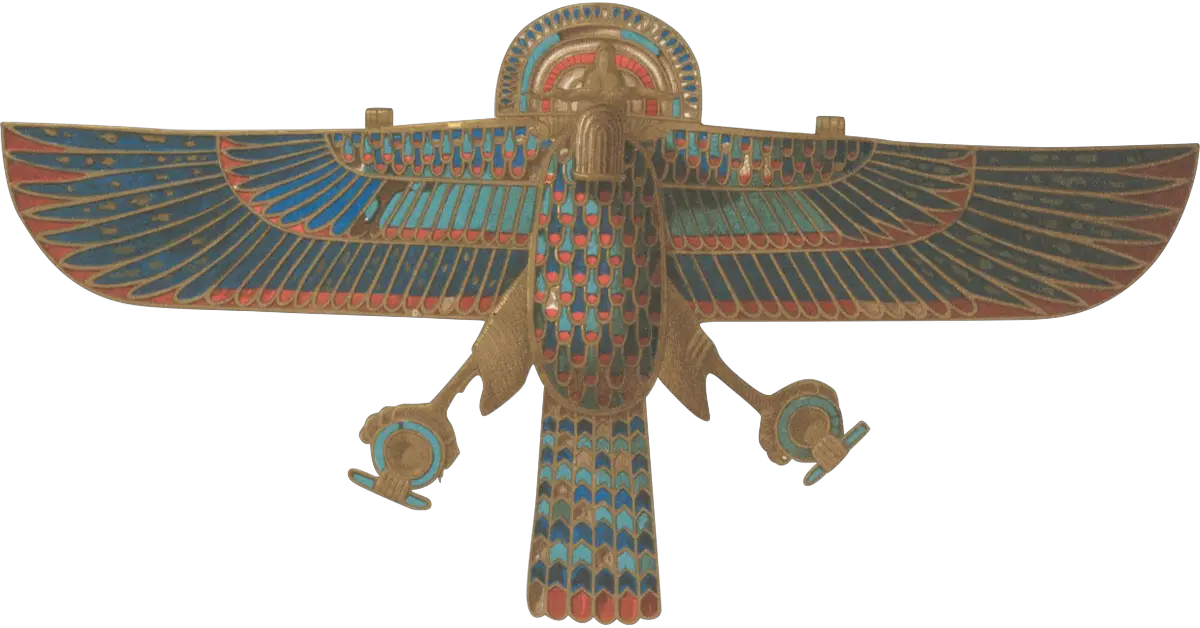Introduction
When we think of aviation, we typically associate it with the modern era of powered flight, which began with the Wright brothers’ historic flight in 1903. However, the concept of flight and the fascination with soaring through the skies have captivated the human imagination for centuries. Ancient Egypt, a civilization known for its monumental architecture, advanced technology, and rich cultural heritage, also held a deep fascination with flight and the heavens above. In this article, we will delve into the mysteries of aviation in ancient Egypt, exploring the evidence, myths, and enduring fascination with this intriguing aspect of the ancient world.
The Symbols of Flight in Ancient Egyptian Mythology
Flight and the ability to traverse the skies played a significant role in ancient Egyptian mythology and religious beliefs. The Egyptians revered several deities associated with the sky and flight, which reinforced their fascination with the heavens. Some of the most prominent symbols of flight in ancient Egyptian mythology include:
- Horus: Horus, the falcon-headed god of kingship and the sky, was a pivotal figure in ancient Egyptian religion. As the son of Osiris and Isis, Horus was believed to represent the living pharaoh on earth, and his ability to soar through the heavens symbolized his divine authority and power.
- Ra: Ra, the sun god, was another important deity associated with flight in ancient Egypt. Each day, Ra was believed to traverse the sky in his solar barque, illuminating the world below with his life-giving rays. His daily journey through the heavens was seen as a continuous cycle of rebirth and renewal.
- The Bennu Bird: The Bennu bird, a heron-like creature, was a symbol of rebirth and resurrection in ancient Egyptian mythology. Often linked with the sun god Ra and the god of the dead, Osiris, the Bennu bird was believed to possess the ability to regenerate itself and rise from its own ashes, much like the mythical phoenix.
Evidence of Early Aviation Concepts in Ancient Egypt
While there is no concrete evidence of powered flight or advanced aviation technology in ancient Egypt, several intriguing artifacts and texts suggest that the Egyptians had a rudimentary understanding of flight principles and held a deep fascination for the concept of flying. Some examples of early aviation concepts in ancient Egypt include:
- The Saqqara Bird: Discovered in a tomb at Saqqara in 1898, the Saqqara Bird is a small wooden artifact that resembles a bird or an early aircraft model. While some experts believe that it is a simple toy or a votive offering, others argue that its design, featuring a straight tailplane and a vertical tail fin, could represent an early understanding of the principles of aerodynamics.
- Vimana Texts: While not of Egyptian origin, the Vimana texts are ancient Sanskrit writings that describe flying machines called “Vimanas.” Some researchers believe that the Vimanas may have been inspired by or influenced the ancient Egyptians’ understanding of flight, as there was contact between the two civilizations.
- Pyramid Texts: The Pyramid Texts, a collection of ancient Egyptian religious inscriptions, contain numerous references to flight and the desire to ascend to the heavens. While these texts are primarily symbolic and mythological, they demonstrate the ancient Egyptians’ fascination with the concept of flight and their yearning to traverse the skies.
The Enduring Fascination with Aviation in Ancient Egypt
The mysteries of aviation in ancient Egypt continue to captivate historians, archaeologists, and enthusiasts alike. While there is no definitive evidence of advanced aviation technology in ancient Egypt, the civilization’s fascination with flight and the heavens has left an indelible mark on our collective imagination. Key factors that contribute to this enduring fascination include:
- Symbolism and Mythology: The prevalence of flight symbolism and imagery in ancient Egyptian mythology and religious beliefs underscores the importance of flight in the culture’s spiritual and cosmological framework.
- Intriguing Artifacts: Artifacts such as the Saqqara Bird and the Vimana texts have fueled speculation and debate about the ancient Egyptians’ understanding of flight principles and their potential experimentation with early aircraft concepts.
- The Power of Imagination: The concept of flight has always been a powerful symbol of human innovation, freedom, and aspiration. The idea that the ancient Egyptians held a fascination for flight and possibly experimented with early aviation concepts highlights the timeless appeal of this captivating aspect of human history.
Conclusion
While the mysteries of aviation in ancient Egypt may never be fully unraveled, the civilization’s fascination with flight and the heavens remains an intriguing and captivating aspect of the ancient world. By exploring the symbols, evidence, and myths surrounding aviation in ancient Egypt, we gain a deeper appreciation for the human imagination’s power and the timeless allure of soaring through the skies. As we continue to delve into the mysteries of aviation in ancient Egypt, we celebrate the spirit of innovationand curiosity that has driven human progress and shaped our understanding of the world throughout the ages.


